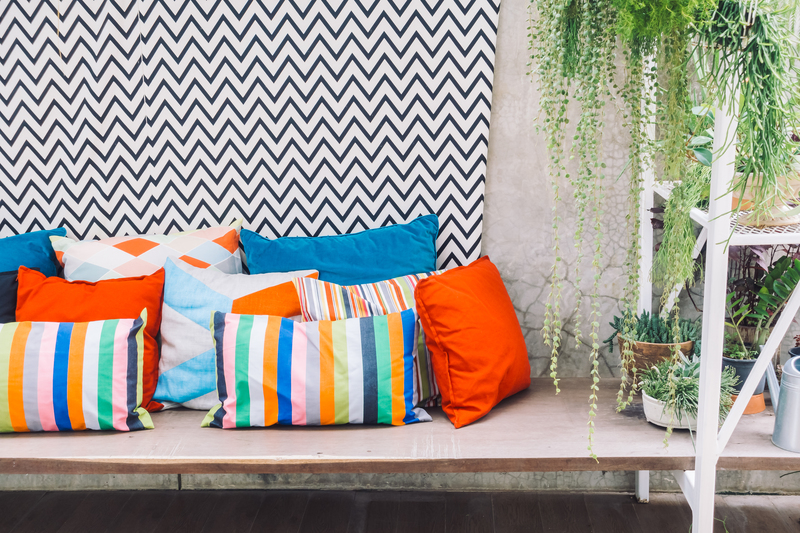Sustainable Gardening Practices
Posted on 18/09/2024

Sustainable gardening practices are becoming increasingly popular, as a way to reduce environmental impact while still creating an aesthetically pleasing garden. Sustainable gardening is all about preserving the environment and protecting resources for the future. It involves using gardening techniques that are both beneficial to the environment and cost-effective for gardeners. This article explores how sustainable gardening can be achieved, and what techniques can be used to create a green and beautiful garden.
First and foremost, sustainable gardening requires you to think about your choices when it comes to materials and plants you use in the garden. Consider buying native plants which are adapted to the local climate conditions, as this reduces the need for additional water or fertilizers required by non-native species. Additionally, plan ahead so that you know exactly where you will put each plant and how much space it needs to thrive - overcrowding leads to competition between plants and can lead to disease or pest infestations.
Using organic mulch is another great way of improving soil health while minimizing environmental impact. Mulches like bark chips or grass clippings act as a protective barrier against weeds; they also help keep moisture in the soil and provide essential nutrients for the long-term health of your plants. Adding compost is also a fantastic way of providing natural fertilizer for your plants without any additional cost or effort; compost is full of essential minerals and microbes which help improve drainage while simultaneously allowing increased oxygen access into the soil - ideal for a healthy garden!
When it comes to watering your garden, consider using greywater instead of mains water sourced from rivers or reservoirs; greywater (water sourced from baths, showers, washing machines etc.) is much cheaper than mains water but contains fewer contaminants. If possible try and install drip irrigation systems where water is applied directly to the soil surface rather than sprayed from above - this method prevents water wastage through evaporation or run off, saving you time money in the long run!
Finally, make sure that you design your garden with wildlife in mind; create habitats where insects, birds and animals can find refuge from predators and take shelter from harsh weather conditions. Plant shrubs such as hawthorn or bramble which provide food for birds during winter months or grow nectar rich flowers which attract butterflies and bees throughout summertime. Planting trees can not only provide shade but also act as feeding grounds for birds so consider putting one or two in your garden!
In conclusion, sustainable gardening should always come first when planning out your garden; with just a few simple steps you can create a stunning outdoor space with minimal environmental impact. Choose native plants wherever possible, add organic mulch and compost to improve soil health, install drip irrigation systems and design habitats where wildlife can flourish. With careful planning it is possible to have a green and beautiful garden without compromising on sustainability goals!




